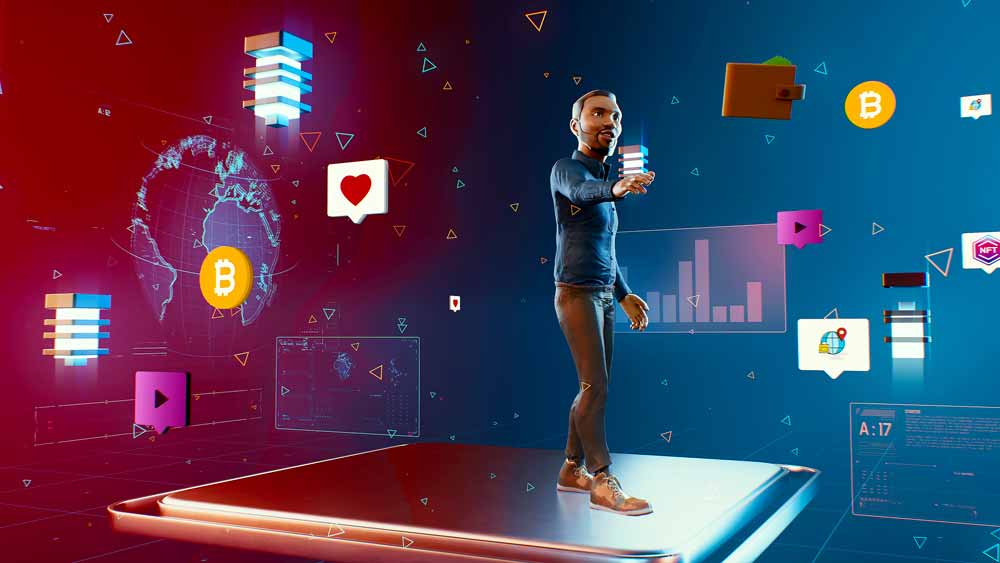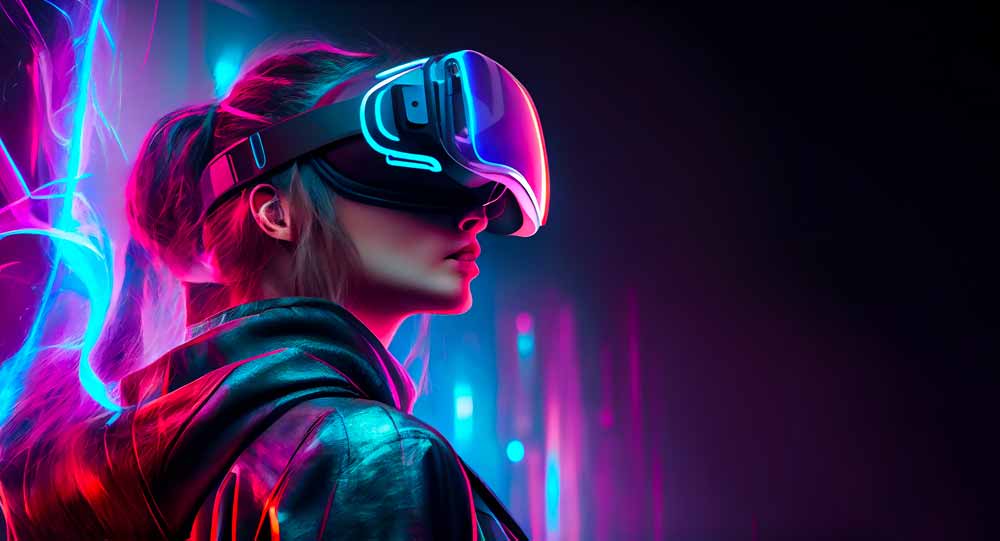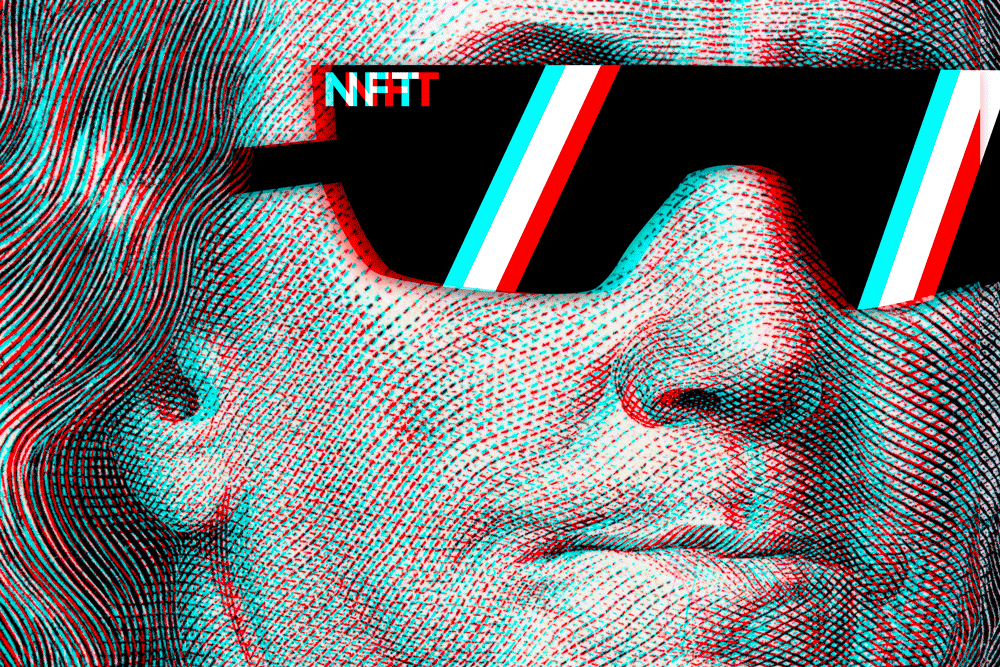Tabella dei contenuti
According to some, it is the continuation of social media, according to others it represents the evolution of the Internet: we are talking about the metaverse. But what is the metaverse? The metaverse has a complex meaning that therefore requires a clear explanation. The term metaverse refers to the digital universe in which, through avatars, virtual reality and augmented reality meet. It is a cyberspace created and fueled by global communication networks shared through the Internet. In fact, virtuality is the native environment of the metaverse, which arises from the convergence of ubiquitous computing (digital appears with the development of mobile devices) and cloud computing (infinite access to data). The union of these two elements allows for the network transportability of graphic environments simulating space and perspective through computer graphics.
But how do you enter the metaverse? Mainly users can access it through 3D viewers, experiencing virtual experiences. As we will see later, in fact, a user creates their own avatar in the metaverse and virtually meets other users, talks to them, plays with them, travels with them and can do much more.
To enter the metaverse you do not need specific IT skills, but only some tools, such as:
- A device, be it a computer or a smartphone
- An internet connection to interact with the world of the web
- An account to use to access metaverse platforms
- Possible augmented reality viewers, in case you want to live an immersive experience
Obviously then each metaverse platform can decide how to access it. For example, to enter Facebook’s metaverse you need to have an account and therefore be registered on the social platform.
What is the metaverse for?
So what is the metaverse for? Dealing with a three-dimensional reality, the metaverse can be used to explore spaces, visit places, organize meetings and meet other users (avatars). Just think of the possibility of using the metaverse to participate, virtually, in concerts, travel, conferences and much more. But at the same time it can also be used for business, selling or buying objects or goods, perhaps paying with cryptocurrencies.
In short, the metaverse replicates the everyday real world but cancels out its spatial limits. All this is made possible by a mix of highly technological elements and infrastructures, such as:
- Augmented Reality (AR), that is, reality experienced in a physical sense but filtered by special effects. An example? Through augmented reality apps you can see additional information about the monument in front of you or by framing the road you want to take. In short, it is the type of reality that combines the physical world with the digital one
- Virtual reality, a parallel, digital and simulated reality. When it involves all the senses it is called immersive virtual reality because in fact you are inside a software that allows you to live something different depending on the movement made. It is the reality that can be accessed through viewers, which allow for complete immersion
- Smart and fast transactions with secure processes via smart contracts or even with NFTs (Non Fungible Tokens) for digital assets, all via blockchain
- and precisely, blockchain technology or chain of blocks, i.e. the digital database that records transactions (such as the exchange of cryptocurrencies) by organizing information in tracked and certified blocks (hence the name blockchain). Each user is represented by a three-dimensional avatar that reflects their human counterpart. The metaverse is therefore now the new way of relating through everything that technology offers.
How the metaverse works
To enter a metaverse, as anticipated, it is necessary to follow some fundamental steps, such as:
- Registering with a metaverse platform
- After registering, logging in with your credentials
- Creating your own avatar
Once these steps have been completed, the user-avatar will be able to take advantage of various possibilities and opportunities, even at a professional level. Interactions are also favored. In the metaverse, unlike reality, physical distances are overcome and this allows for greater social interaction. Of course, it is necessary for the platform used to have an advanced infrastructure that can manage the flow of information, such as data storage, transmission speed and data analysis, as well as computing power. The metaverse allows immersion at 3 different levels:
- Through PC or mobile phone
- With augmented reality
- With virtual reality
And this is because the metaverse consists of 3 elements:
- The contents, i.e. what is inside the metaverse
- The software, the programs that allow it to function (the apps)
- The hardware, tools such as viewers, consoles or lenses that guarantee access to the metaverse
How to use the metaverse to grow your business
After clarifying what the metaverse is, what it is for and how it works, all that remains is to see how to use the metaverse for your business. It is estimated that over the years the metaverse will become the new growth opportunity in various sectors, given the enormous potential that allows the development of new business models and as a channel of engagement in B2B and B2C contexts.
Why companies should leverage the metaverse
There are many reasons why companies might want to take advantage of the metaverse, including:
- Marketing and advertising: the metaverse offers an interactive environment in which companies can promote their products and services, create engaging experiences and engage their customers in new and innovative ways.
- Training and development: companies can use the metaverse for staff training and development. For example, they can create simulation environments to train employees on complex work situations and to practice safely.
- Retail: companies can create virtual stores within the metaverse, which can be accessed from anywhere in the world and from any device. This offers consumers an innovative shopping experience, with 3D environments and products, and personalized, as well as naturally being able to reach a wider, qualified audience without having to open a physical store.
- Collaboration: companies can use the metaverse as a collaboration and training space for their employees, allowing them to work together remotely effectively. This can be particularly useful for companies with intense project work and employees scattered around the world.
- Events and conferences: companies can organize virtual events and conferences within the metaverse, which can reach a wider audience and offer interactive and engaging experiences, for example in the virtually realistic presentation of new products or collections.
In general, the metaverse offers companies a new way of interacting with customers, employees and the general public. The opportunities offered by the metaverse are still in development and evolution, but they seem promising and could offer companies a competitive advantage in the near future.
Metaverse: a concrete business example
But let’s not limit ourselves to just the concept of the metaverse, but let’s see a concrete example in the business world: if you have a company that sells furniture or other objects and goods, you could take advantage of augmented reality and immediately show how they fit into any environment, thus capturing the interest of a potential buyer. Just as augmented reality can be used to virtually try on frames or wear clothes and shoes. In this way, any physical limit is eliminated and anyone, through the metaverse, has an increased possibility of safely purchasing what they need, with the awareness of having seen, touched (albeit virtually) a certain product, having seen how it fits. This reduces the distance between entrepreneur and customer, producer and buyer, increasing turnover and sales.
In conclusion, the metaverse is a new frontier of business without borders. Do you want to get to know this new world better? Contact Key-One and its specialized consultants.









